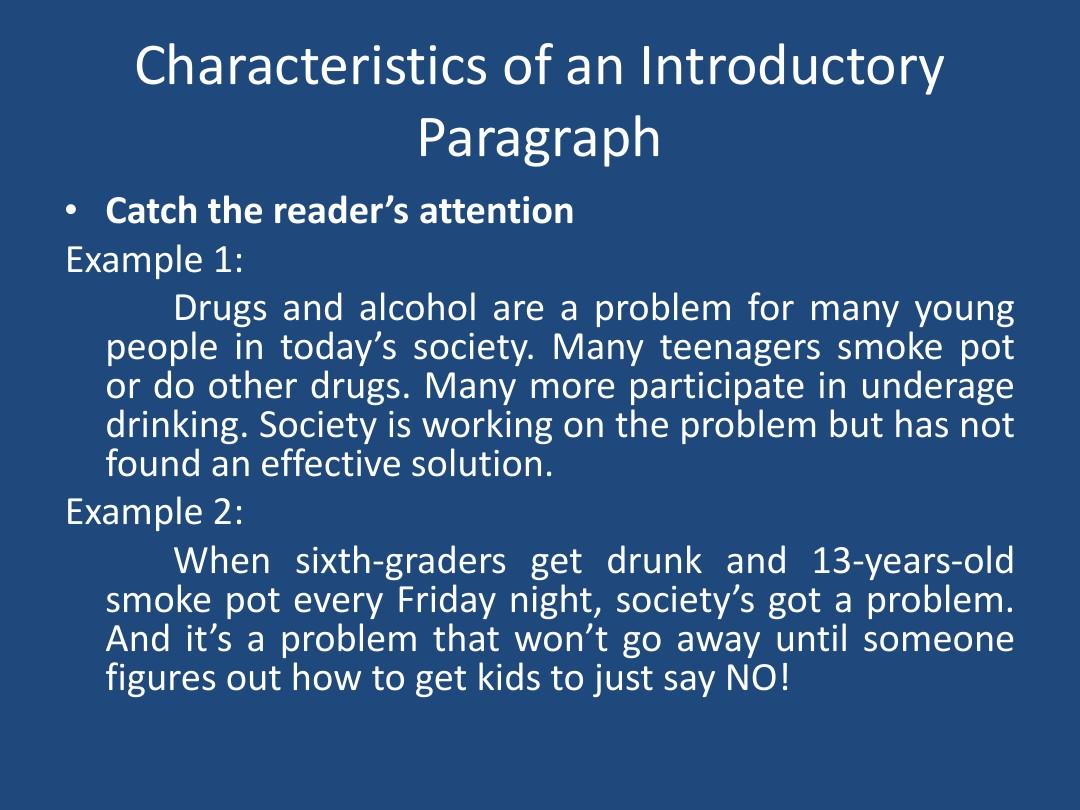Title: The Unsightly Appearance of Down Comforters: Dealing with Mold Growth
Down comforters are often seen as luxurious and comfortable items to have in one's home. However, these items can become unsightly due to mold growth if not properly cared for. The growth of mold on down comforters can be a serious issue, as it can lead to health problems for the individuals using the item. To prevent mold growth, it is important to keep the down comforters clean and dry. Regular cleaning with a mild detergent and washing in hot water can help remove any dirt or debris that may attract mold. It is also important to store the down comforters in a cool, dry place after cleaning to prevent moisture buildup. Additionally, investing in a waterproof cover for the comforter can help protect it from moisture and mold. In conclusion, while down comforters can be a cozy addition to any home, they must be properly cared for to prevent mold growth and maintain their appearance. By following simple cleaning and storage guidelines, individuals can enjoy the comfort and warmth of their down comforters without worrying about the unpleasant side effects of mold growth.
Introduction:

Down comforters are beloved for their warmth, convenience, and luxurious feel. However, these bedding items can be prone to mold growth, which not only ruins their appearance but also poses health risks. In this article, we'll explore the causes of mold growth on down comforters, how to spot it, and effective ways to clean and maintain them to prevent future infestations.
Section 1: What Causes Mold Growth on Down Comforters?
1.1 Moisture buildup: Down comforters trap moisture between the filling and the shell, creating an ideal environment for mold spores to thrive. This can be especially common during humid or damp seasons when the air is more saturated with water vapor.
1.2 Dirty surfaces: Over time, dirt, dust, and other particles can accumulate on the surface of the down comforter, providing food sources for mold colonies. Additionally, if the comforter is not washed regularly, sweat, body oils, and other fluids can accumulate and contribute to mold growth.
1.3 Poor ventilation: Lack of air circulation can lead to increased humidity levels inside the bedroom, making it easier for mold spores to spread and grow. Ensuring proper ventilation by opening windows and using fans can help reduce moisture buildup and prevent mold growth.
Section 2: How to Spot Mold Growth on Down Comforters?
2.1 Discoloration: If you notice a yellow or brown stain on your down comforter that doesn't seem to go away even after washing, it may be a sign of mold growth. The stain may also appear in patches along the edges or around the seams.
2.2 musty odor: A musty smell coming from your down comforter is another indication that mold has taken hold. The odor may be stronger near the seams or around the edges where moisture has had more time to collect.

2.3 visible growth: If you can see small black or white spots on your comforter or notice fuzzy patches around the filling, these may be signs of mold colonies growing on the fabric.
Section 3: Effective Ways to Clean andMaintain Down Comforters to Prevent Mold Growth
3.1 Wash regularly: To prevent mold growth, it's essential to wash your down comforter at least once a year, or more frequently if you suffer from allergies or asthma. Use a front-loading washing machine and set the water temperature to hot (at least 130°F) for best results. Add a mild detergent suitable for down materials and avoid using bleach or harsh chemicals that can damage the fabric. Dry the comforter in a dryer on high heat or line-dry it outdoors in the sun to ensure complete drying.
3.2 Store properly: After washing, make sure to store your down comforter in a dry, well-ventilated place away from direct sunlight. Consider using a compression bag or packing tape to keep the filling compact and minimize moisture buildup. Avoid storing your comforter in a humid environment, such as a basement or attic.
3.3 Vacuum regularly: Regularly vacuuming your down comforter can help remove dirt, dust, and debris that may attract mold spores. Use a vacuum cleaner with a HEPA filter to capture fine particles and allergens that may be present in the filling. Be careful not to over-vacuum or squeeze the filling, as this can damage the feathers and promote mold growth.
Conclusion:
Mold growth on down comforters can be unsightly and potentially harmful to your health. By understanding the causes of mold and taking proactive measures to clean and maintain your bedding, you can prevent infestations and enjoy a comfortable sleeping environment for years to come. Remember to follow the recommended cleaning and storage guidelines for down comforters, and don't hesitate to seek professional help if you encounter stubborn stains or persistent odors despite your efforts.
Articles related to the knowledge points of this article:
Can a down comforter be washed in a washing machine?
Title: Dreamy Charm and Feathered Comfort: An Introduction to the Exquisite Mengxinyuan Down Quilt
Hengshui City: The Place to Get Your Feather Duvet
Title: Who Makes the Better Down Comforter: Fuanna or Yiting?
Title: Feather Duvet Stops Being Warm After Two Years: Solutions
Title: How to Deal with Feather Particles in Down Comforters?



